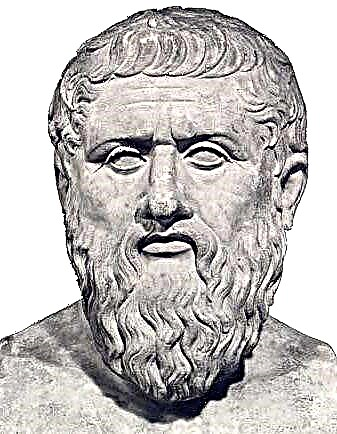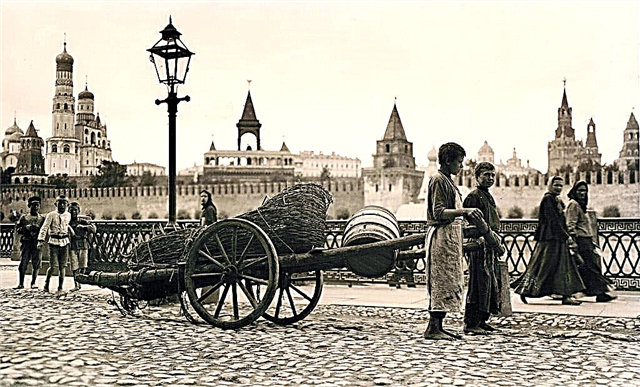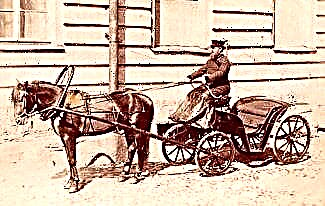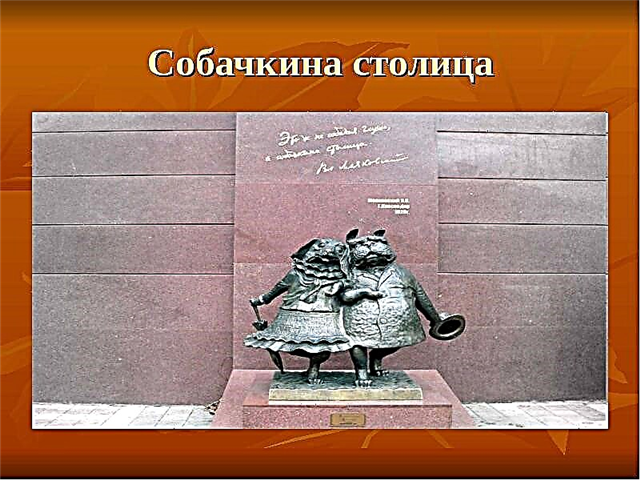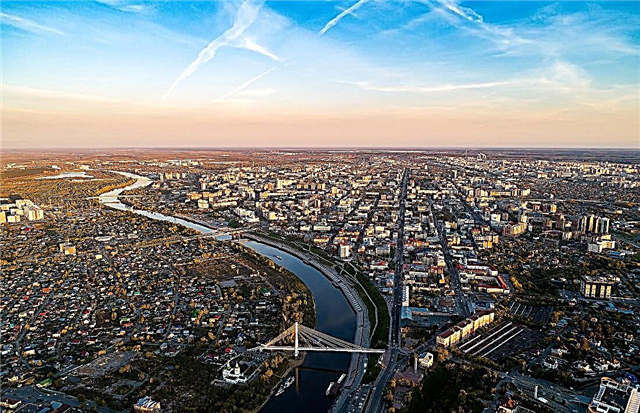Each popular tourist city has its own recognizable symbol. For example, the statue of Christ the Redeemer is considered the hallmark of Rio de Janeiro. There are many more such recognizable sights in London, but Big Ben, which is known throughout the world, occupies a special place among them.
What is Big Ben
Despite the worldwide popularity of the iconic landmark of England, many people still mistakenly believe that this is the name of the neo-Gothic four-sided clock tower, which is adjacent to Westminster Palace. In fact, this name is given to the thirteen-ton peg, which is located inside the tower behind the dial.
The official name of the main attraction in London is "Elizabeth Tower". The building received such a name only in 2012, when the British Parliament made the appropriate decision. This was done to commemorate the sixtieth anniversary of the Queen's reign. However, in the minds of tourists, the tower, clock and bell were entrenched under the capacious and memorable name Big Ben.
History of creation
Westminster Palace was built in the distant 11th century during the reign of Knud the Great. At the end of the 13th century, a clock tower was erected, which became part of the palace. It stood for 6 centuries and was destroyed on October 16, 1834 as a result of a fire. Ten years later, the parliament allocated money for the construction of a new tower based on the neo-Gothic design of Augustus Pugin. The tower was completed in 1858. The work of the talented architect was highly appreciated by customers and local residents.
The bell for the tower was built on the second try. The first version, which weighed 16 tons, cracked during technical tests. The bursting dome was melted down and made into a smaller bell. For the first time, Londoners heard the ringing of a new bell on the last spring day of 1859.
However, a few months later it burst again. This time, the London authorities did not re-melt the dome, but instead made a light hammer for it. The thirteen-ton copper-tin structure was turned to the hammer with its intact side. Since that time, the sound has remained the same.
Interesting facts about Big Ben
Many interesting facts and stories are associated with the main London attraction:
- The business name of the clock tower is practically unknown outside the country. All over the world it is called simply Big Ben.
- The total height of the structure, including the spire, is 96.3 m. This is higher than the Statue of Liberty in New York.
- Big Ben has become a symbol not only of London, but of the whole of Great Britain. Only Stonehenge can compete with it in popularity among tourists.
- Pictures of the clock tower are often used in films, TV series and TV shows to indicate that the case is in the UK.
- The structure has a slight slope towards the northwest. This is not visible to the naked eye.
- The five-ton clockwork inside the tower is the standard of reliability. A three-stage course was developed especially for him, which had not been used anywhere else.
- The movement was first launched on September 7, 1859.
- For 22 years since its casting, Big Ben was considered the largest and heaviest bell in the United Kingdom. However, in 1881 he handed over the palm to the seventeen-ton "Big Floor", which was placed in St. Paul's Cathedral.
- Even in wartime, when London was heavily bombed, the bell continued to work. However, at this time, the illumination of the dials was turned off to protect the structure from the bomber pilots.
- Lovers of statistics have calculated that the minute hands of Big Ben cover a distance of 190 km per year.
- On New Year's Eve, the clock tower of the Westminster Palace performs the same function as the Chimes of the Moscow Kremlin. Residents and guests of London gather next to it and await the chimes, which symbolize the coming of the new year.
- The sound of the chimes can be heard within a radius of 8 kilometers.
- Every year on November 11 at 11 o'clock the chimes are struck in memory of the end of the First World War.
- To celebrate the 2012 Summer Olympics in London, the tower's chimes were off-schedule for the first time since 1952. On the morning of July 27, within three minutes, Big Ben rang 40 times, notifying residents and guests of the city about the start of the Olympics.
- During the First World War, the night illumination of the tower was turned off for two years and the bell was muffled. The authorities made a decision in order to prevent the attacks of the German Zeppelin.
- The Second World War did not go unnoticed for the tower. German bombers destroyed its roof and damaged several dials. However, this did not stop the clockwork. Since then, the clock tower has been associated with English reliability and precision.
- In 1949 the watch began to lag behind by four minutes because of the birds perched on the hand.
- The dimensions of the watch are striking: the diameter of the dial is 7 m, and the length of the hands is 2.7 and 4.2 m. Thanks to these dimensions, the London landmark has become the largest chiming clock, which has 4 dials at once.
- The introduction of the watch mechanism into operation was accompanied by problems that were associated with a lack of funding, inaccurate calculations and delays in the supply of materials.
- Photo of the tower is actively placed on T-shirts, mugs, key chains and other souvenirs.
- Any Londoner will tell you the address of Big Ben, as it is located in the historic Westminster district, which is the center of the cultural and political life of the British capital.
- When meetings of the highest legislative body are held in the palace, the clock dials are illuminated with characteristic lighting.
- Drawings of the tower are most often used in children's books about England.
- On August 5, 1976, the first major breakdown of the watch mechanism occurred. From that day on, Big Ben was silent for 9 months.
- In 2007, the watch was stopped for 10 weeks for maintenance.
- The ringing bell is used in the screensavers of some British radio and television broadcasts.
- Ordinary tourists cannot climb the tower. But sometimes exceptions are made for the press and important guests. To go upstairs, a person needs to overcome 334 steps, which not everyone can do.
- The precision of the movement is controlled by a coin that is placed on the pendulum and slows it down.
- In addition to Big Ben itself, there are four small bells in the tower, which ring every 15 minutes.
- According to British media, in 2017, 29 million pounds were allocated from the budget for the reconstruction of the main London chimes. The money was allocated to repair the clock, install an elevator in the tower and improve the interior.
- For a time, the tower was used as a prison for members of parliament.
- Big Ben has its own Twitter account, where posts of the following type are published hourly: BONG, BONG BONG. The number of words "BONG" depends on the time of day. Almost half a million people are watching the "sound" of the famous London bell on Twitter.
- In 2013, Big Ben fell silent during the funeral of Margaret Thatcher.

Controversy around the name
There are many rumors and stories surrounding the name of London's main attraction. One of the legends says that during a special meeting at which the name for the bell was chosen, the Honorable Lord Benjamin Hall jokingly suggested that the structure be named after him. Everyone laughed, but listened to the advice of Big Ben, who oversaw the construction.
We advise you to look at the Eiffel Tower.

Another legend has it that the iconic landmark was named after heavyweight boxer Ben Kaant, who was named Big Ben by boxing fans. That is, history gives a different description of how the bell got its name. Therefore, everyone decides for himself which version is closer to him.


